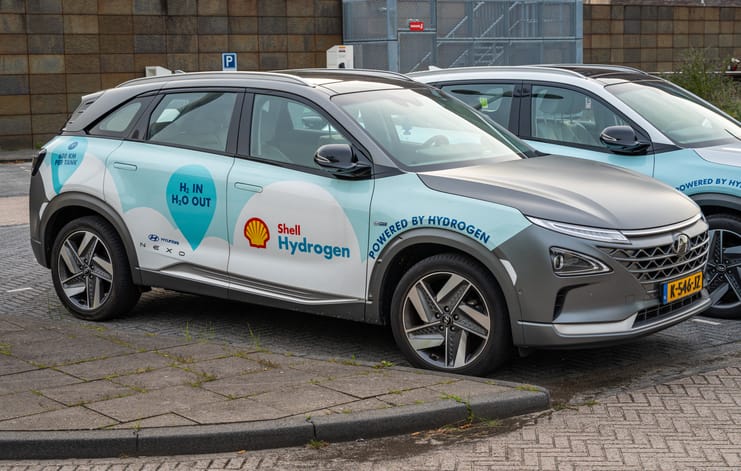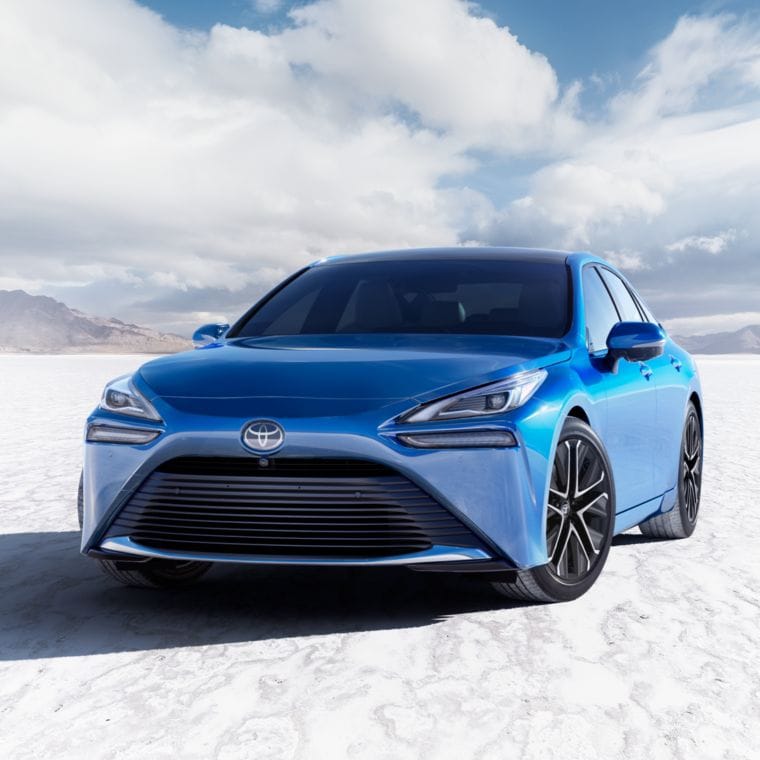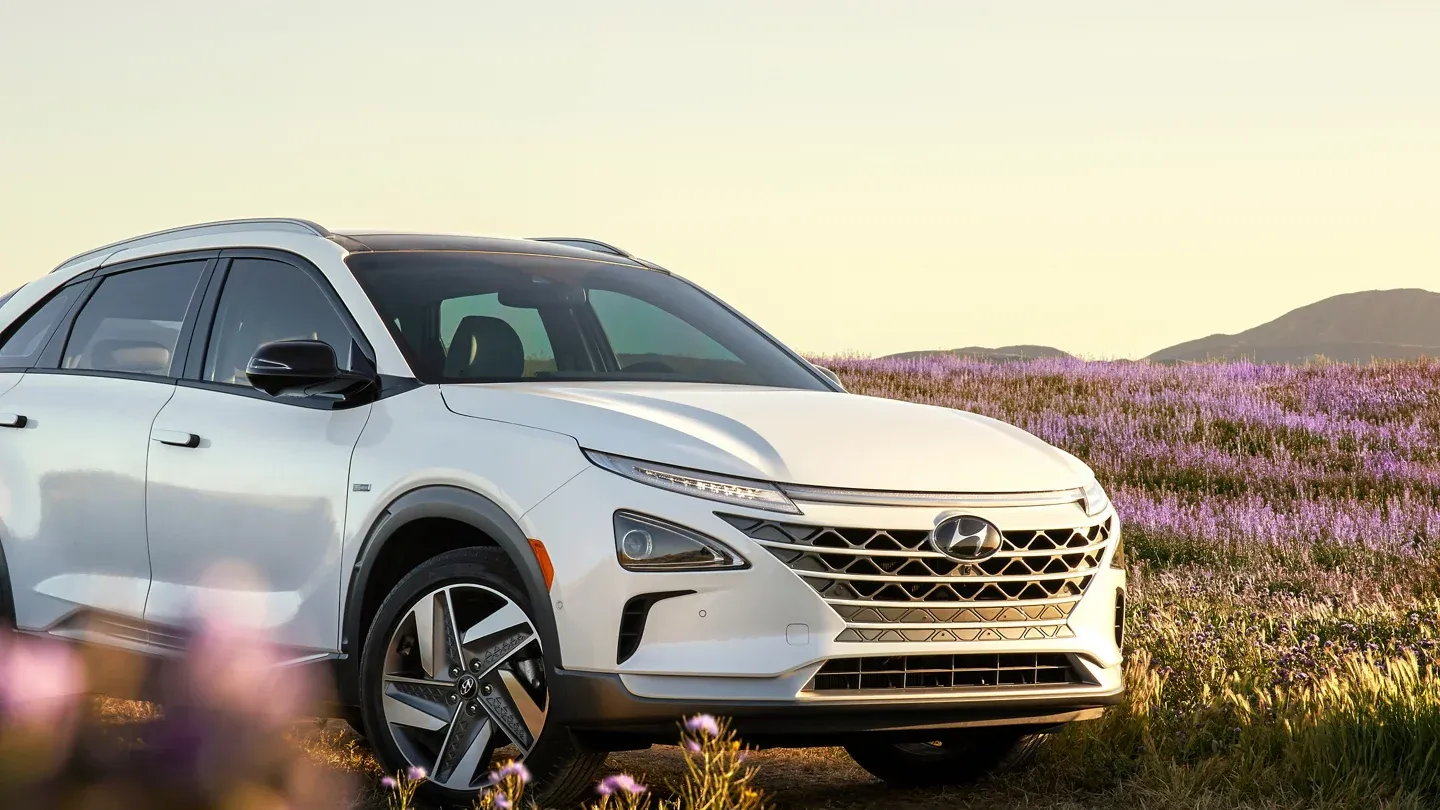Green Alternatives: Cars for a Sustainable Future (Toyota Mirai vs. Hyundai Nexo)

The transportation sector is a significant contributor to greenhouse gas emissions, prompting a global push for cleaner alternatives. Electric vehicles (EVs) are leading the charge, but another contender is emerging: hydrogen fuel cell electric vehicles (FCEVs). These vehicles offer a unique solution, emitting only water vapor while boasting impressive range and fast refueling times. Today, we compare two frontrunners in the FCEV race: the Toyota Mirai and the Hyundai Nexo.
The Rise of Hydrogen Fuel Cell Technology
FCEVs operate on a fundamentally different principle than gasoline or electric cars. They use hydrogen gas, the most abundant element in the universe, to generate electricity. Here's a breakdown of the process:
- Hydrogen Storage: Compressed hydrogen is stored in a high-pressure tank onboard the vehicle.
- Fuel Cell Stack: Hydrogen gas reacts with oxygen from the air in the fuel cell stack. This reaction produces electricity, water vapor, and heat.
- Electric Motor: The generated electricity powers an electric motor, propelling the car forward.
- Water Vapor Emission: The only byproduct released from the tailpipe is clean water vapor.
The key advantage of FCEVs lies in their refueling process. Filling a hydrogen tank takes just a few minutes, similar to a gasoline car. This stands in stark contrast to EVs, which require extended charging times. Additionally, FCEVs boast impressive driving ranges, often exceeding 400 miles on a single fill.
Toyota Mirai: The Pioneering Force
Toyota has been a pioneer in FCEV technology, launching the first commercially available hydrogen car, the Mirai, in 2014. The current generation Mirai boasts a sleek and futuristic design, offering a comfortable and spacious interior.

Here's a closer look at the Mirai's key features:
- Driving Range: Up to 402 miles on a single fill
- Refueling Time: 3-5 minutes
- Horsepower: 180 hp
- Seating Capacity: 5 passengers
- Cargo Space: 12.3 cubic feet
- Warranty: 10 years/150,0 miles (powertrain)
The Mirai is known for its reliability and long-range, making it a compelling option for long-distance travel. Additionally, Toyota's reputation for quality and safety inspires confidence in potential buyers.
Hyundai Nexo: The Feature-Packed Contender
Hyundai entered the FCEV market with the Nexo in 2018. The Nexo offers a more crossover-like design compared to the Mirai's sedan style, catering to drivers who prefer a higher seating position and increased cargo space.

Here's a breakdown of the Nexo's key features:
- Driving Range: Up to 380 miles on a single fill
- Refueling Time: 3-5 minutes
- Horsepower: 161 hp
- Seating Capacity: 5 passengers
- Cargo Space: 56.3 cubic feet (seats up) / 135.8 cubic feet (seats folded)
- Warranty: 10 years/100,000 miles (powertrain)
The Nexo boasts a spacious interior with ample cargo space, making it a practical choice for families or those who frequently transport cargo. Additionally, Hyundai offers a comprehensive warranty, providing peace of mind to new owners.
Mirai vs. Nexo: A Feature-by-Feature Comparison
Here's a table summarizing the key differences between the Mirai and the Nexo:
Choosing Between the Mirai and the Nexo
The choice between the Mirai and the Nexo depends on your individual needs and priorities.
Factors to Consider:
- Driving Range: Both cars offer impressive ranges, but the Mirai edges out the Nexo by a slight margin. If long-distance travel is a priority, the Mirai might be the better choice.
- Cargo Space: The Nexo's crossover design provides significantly more cargo space, making it ideal for families or those who frequently transport gear.
- Performance: The Mirai offers slightly more horsepower, potentially translating to quicker acceleration. However, for most everyday driving situations, the difference might be negligible.
- Availability: The Mirai is currently available in more countries and regions compared to the Nexo. Availability of hydrogen fueling stations is also a crucial factor to consider. Check online resources to see if stations are present near your residence or frequent travel routes.
- Warranty: Both cars offer lengthy warranties on their powertrains. However, the Mirai boasts a slightly longer coverage period (150,000 miles vs. 100,000 miles).
- Cost: Pricing for both cars varies depending on location and available incentives. However, expect FCEVs to be more expensive than comparable gasoline or even electric vehicles due to the nascent technology. Research any government subsidies or tax breaks that might be available to offset the initial cost.
Beyond the Specs: The Future of Hydrogen Fuel Cell Technology
While both Mirai and Nexo represent significant advancements in FCEV technology, challenges remain. The biggest hurdle is the limited availability of hydrogen fueling stations. Currently, infrastructure is concentrated in specific regions, making long-distance travel with an FCEV less convenient than with a gasoline car.
However, significant investments are being made to expand hydrogen infrastructure. Governments and private companies recognize the potential of FCEVs to contribute to a cleaner transportation future. As the network of hydrogen stations grows, FCEVs will become a more viable option for a wider range of drivers.
The Takeaway: Choosing Green
Both the Toyota Mirai and the Hyundai Nexo represent compelling choices for environmentally conscious drivers seeking a long-range, zero-emission alternative. Ultimately, the best choice depends on your individual needs and priorities. Consider factors like driving range, cargo space, performance, availability, warranty, and cost when making your decision.
Regardless of whether you choose the Mirai or the Nexo, opting for an FCEV signifies your commitment to a sustainable future. While challenges remain, advancements in hydrogen infrastructure promise to make FCEVs a more mainstream option in the years to come. As the technology matures and the network of hydrogen stations expands, FCEVs have the potential to revolutionize the transportation landscape, paving the way for a cleaner and greener tomorrow.
